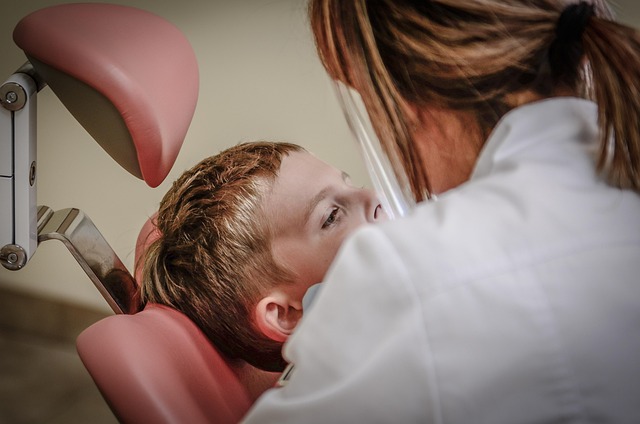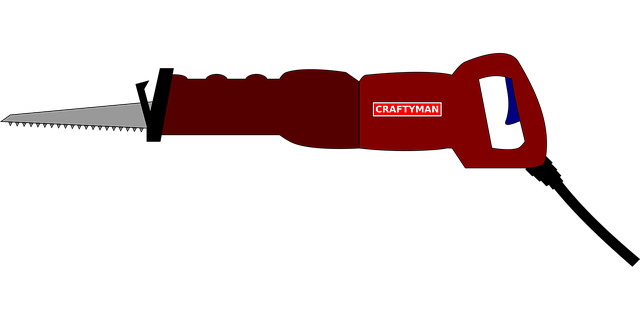Professional wart removal consultation is key for effective treatment. It involves detailed assessments by dermatologists to identify wart type, size, and location. Advanced non-stinging methods like cryotherapy, electrocauterization, and laser therapy offer precise solutions. Topical treatments with salicylic acid or podophyllotoxin are accessible options. Natural remedies require expert advice due to potential skin sensitivities. Post-removal care, including cleaning, diet, and check-ups, prevents recurring warts for long-term relief.
Uncover the mysteries behind successful wart removal with our comprehensive guide. Understanding warts—their causes, types, and root issues—is key to effective treatment. From topical treatments and laser therapy to natural remedies, this article explores diverse methods for safe and lasting results. Learn how a professional consultation can help navigate your unique situation. Discover post-removal care tips to prevent recurrences and reclaim smooth, wart-free skin.
- Understanding Warts: Causes and Common Types
- Professional Consultation: Uncovering Root Issues
- Effective Removal Methods: Topical Treatments
- Laser Therapy: A Precise and Modern Approach
- Natural Remedies: Exploring Safe Alternatives
- Preventing Recurrences: Post-Removal Care Tips
Understanding Warts: Causes and Common Types

Warts are common skin growths caused by the human papillomavirus (HPV). They can appear anywhere on the body but most frequently show up on the hands and feet. Understanding the science behind wart removal is key to effective treatment. Professional wart removal consultation involves assessing the type, size, and location of the wart to determine the best approach. Common types include common warts, also known as verrucae, which are rough, flesh-coloured growths; plantar warts that develop on the soles of feet, causing pain with walking or running; and genital warts, a sexually transmitted infection requiring specialized care.
At Guildford wart clinic, we offer a range of non-stinging wart removal methods tailored to individual needs. While some treatments involve freezing (cryotherapy), burning (electrocauterization), or cutting out the wart, newer, less invasive options are available. Understanding the science behind these procedures ensures safety and effectiveness. A professional consultation is crucial to determine the best course of action for each patient, addressing warts efficiently while minimizing discomfort.
Professional Consultation: Uncovering Root Issues

Seeking professional help for wart removal is a crucial step towards achieving clear and smooth skin. A comprehensive consultation with a skilled dermatologist or a reputable wart clinic, such as those in Manchester or Salford, goes beyond just treating the surface-level symptom. It involves a thorough examination to uncover the root cause of the warts, which can be triggered by various factors like viral infections, weakened immune systems, or environmental exposure.
During this consultation, experts will not only recommend suitable treatments but also provide valuable insights into preventing future wart outbreaks. They might suggest modifications in lifestyle, hygiene practices, or even dietary changes to strengthen your body’s natural defense mechanisms. This personalized approach ensures that you address the underlying issues effectively, making it a game-changer for those looking for long-lasting relief from warts at reputable clinics like Salford or working wart clinic Manchester.
Effective Removal Methods: Topical Treatments

When it comes to effective wart removal, topical treatments are a popular and widely accessible option. These over-the-counter creams and solutions contain active ingredients that target and eliminate warts on contact or over time. Common chemical agents include salicylic acid, which softens the wart’s outer layer, allowing for easier removal, and podophyllotoxin, known for its potent antiviral properties. Many people opt for private wart removal blackpool, wat removal liverpool, or doncaster-based clinics to access these treatments under professional guidance, ensuring safety and efficacy.
A skilled healthcare provider can offer a personalized wart removal consultation, taking into account the type, size, and location of the wart. They may recommend a combination of topical therapies, providing instructions for application and potential side effects. This tailored approach is especially beneficial for stubborn warts that haven’t responded to at-home treatments, ensuring faster results and minimizing discomfort compared to more invasive procedures.
Laser Therapy: A Precise and Modern Approach

Laser therapy has emerged as a precise and modern approach to professional wart removal consultation. Unlike traditional methods that often involve scraping or burning, laser treatment uses focused light energy to target and destroy warts while minimizing damage to surrounding skin. This advanced technique is particularly effective for stubborn or recurrent warts, making it a preferred choice at leading facilities like the Bradford Wart Clinic and other reputable wart removal Essex Chelmsford practices.
By offering a highly targeted and precise solution, laser therapy not only removes existing warts but also helps in preventing future skin tag recurrence. It’s important to note that while this method is generally painless, numbing cream may be applied prior to treatment for enhanced patient comfort. After the procedure, proper aftercare instructions should be followed to ensure optimal healing and reduce the risk of complications.
Natural Remedies: Exploring Safe Alternatives

Many people often turn to professional wart removal consultation when dealing with persistent skin issues. However, exploring natural remedies can be a safer and more gentle approach for certain cases. While it’s true that over-the-counter treatments are readily available, they may not suit everyone, especially those with sensitive skin or specific medical conditions.
Treating stubborn warts effectively requires understanding their composition and the body’s immune response. Some natural alternatives, like apple cider vinegar, aloe vera, or certain essential oils, have shown promise in wart removal. These methods are often more accessible and cost-effective, but it’s crucial to research and consult with a healthcare professional before attempting any home remedy, especially for private wart removal in Gloucester or other areas. Uncovering the myth vs. reality of wart removal techniques is key to making informed decisions about your skin health.
Preventing Recurrences: Post-Removal Care Tips

After successful wart removal, preventing recurrences is key. It’s important to note that each case is unique, so consulting with a professional for tailored advice is vital. During a private wart removal consultation, experts in Lancashire Preston or Coventry can offer long-term solutions for recurring warts, ensuring effective and lasting results.
Post-removal care plays a significant role in preventing new warts from developing. Following the treatment, keep the affected area clean and dry, avoiding harsh scrubs or picks that could irritate the skin. Additionally, strengthening the immune system through balanced nutrition and regular exercise can aid in warding off future warts. Regular check-ups with a healthcare professional are also recommended to catch any new growths early on.
Successful wart removal involves a multifaceted approach, from understanding the type and cause to employing effective treatments like topical applications, laser therapy, or natural remedies. After any method, proper post-removal care is crucial to prevent recurrences. While many opt for over-the-counter solutions, considering a professional wart removal consultation can offer tailored, advanced treatment options, ensuring better outcomes and long-term relief.
